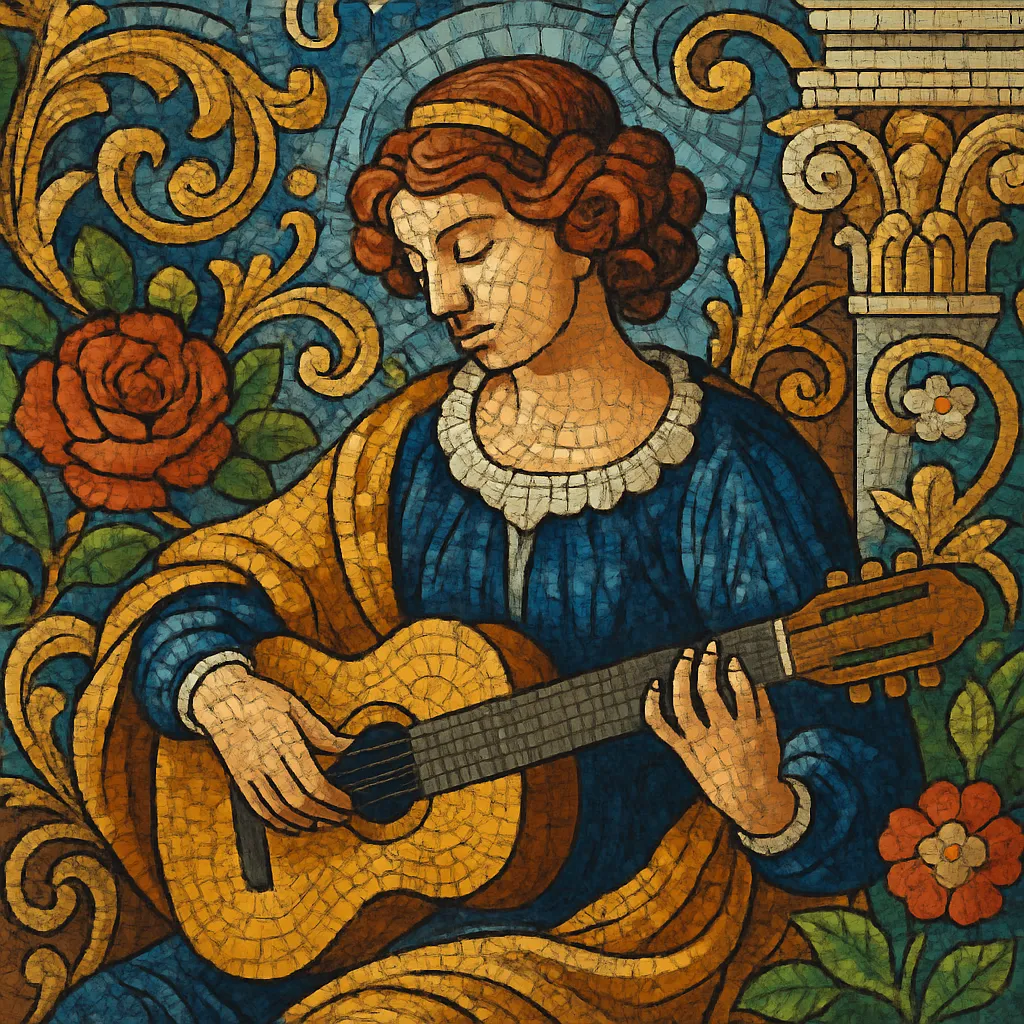Baroque pop blends mid-1960s pop/rock songwriting with the instrumentation, harmony, and counterpoint of Baroque and broader Western classical music.
It is marked by harpsichords, string quartets, woodwinds, and ornate arrangements that elevate compact, verse–chorus songs into chamber-like miniatures.
Producers and arrangers favor through-written textures, suspensions and sequences, and dramatic dynamic swells while keeping melodies immediate and radio-friendly.
The sound is elegant yet emotive: lush strings and contrapuntal lines support introspective or romantic lyrics, often tinged with melancholy, nostalgia, or literary imagery.
Baroque pop emerged in the mid-1960s as pop and rock musicians began folding Baroque and broader classical vocabulary into concise songs. Early landmarks include The Beatles’ use of string quartet on "Yesterday" (1965) and the austere string octet textures of "Eleanor Rigby" (1966), as well as Brian Wilson’s orchestral conceptions on The Beach Boys’ Pet Sounds (1966). In the U.S., The Left Banke crystallized the idiom with harpsichord-forward singles like "Walk Away Renée" (1966), giving the style its signature timbre.
Between 1966 and 1968, the style flourished on both sides of the Atlantic. The Zombies’ Odessey and Oracle (1968), Love’s Forever Changes (1967), and The Moody Blues’ Days of Future Passed (1967) showcased chamber textures, contrapuntal parts, and lush strings integrated into pop forms. Arrangers drew on Baroque devices—sequences, suspensions, pedal points, and counter-melodies—while retaining catchy hooks.
By the late 1960s, baroque pop intermingled with psychedelia and the nascent progressive movement; some artists expanded toward symphonic or progressive rock, while others pivoted to soft rock and singer-songwriter formats. The 1990s saw a revival under the banner of chamber pop, with acts like The Divine Comedy and Scott Walker’s later work emphasizing ornate orchestration. In the 2000s–2010s, indie artists (e.g., Fiona Apple, Weyes Blood, Grizzly Bear) reanimated baroque pop’s palette with contemporary production while preserving its focus on elegant arrangements and introspection.
Baroque pop provided a model for merging high-art orchestration with accessible songcraft, influencing chamber pop, art pop, progressive and symphonic rock, and strands of indie pop that prize arrangement and texture as much as melody.


